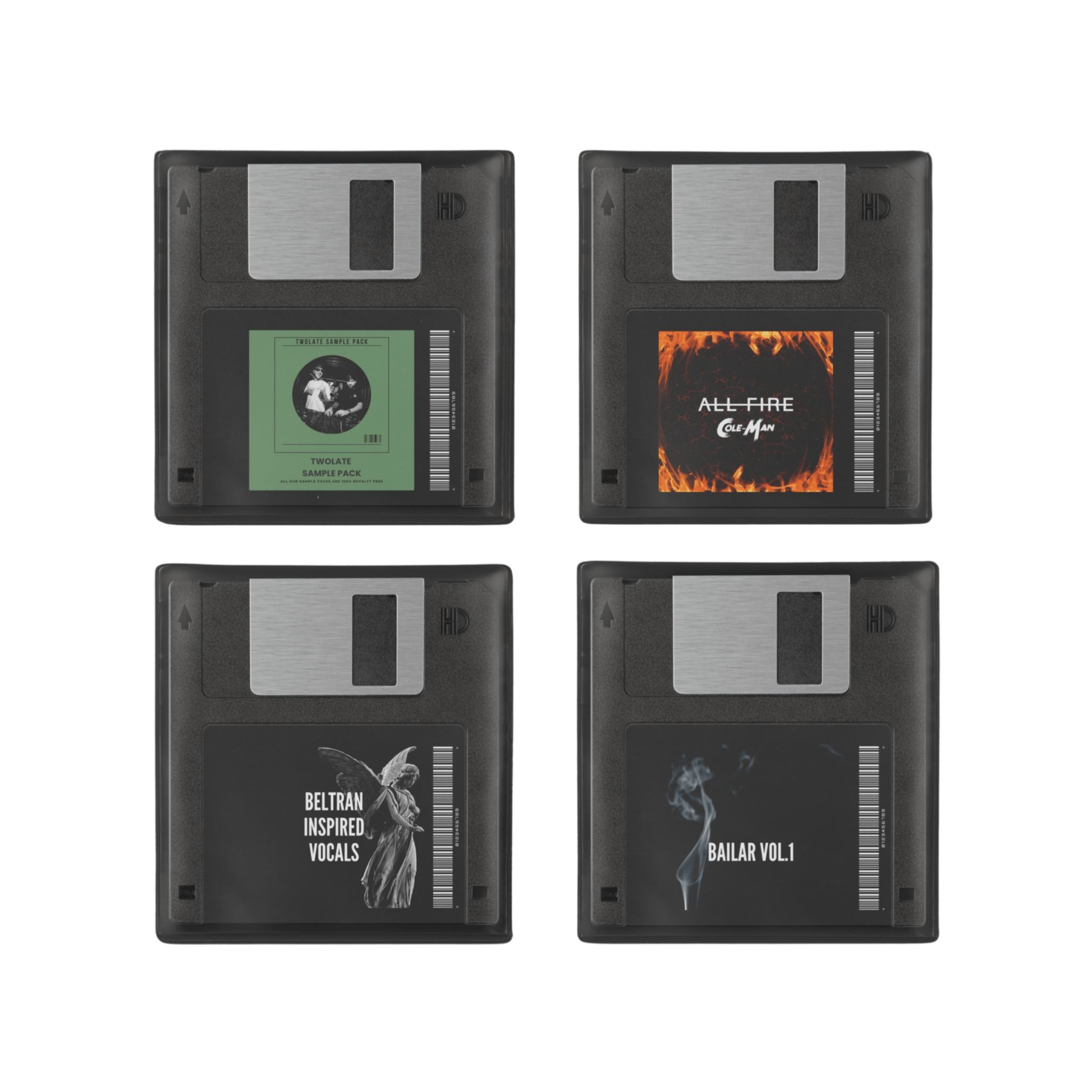Tech House Sound Design: Tips for Getting Better
Tech house has taken over the global dance scene with its irresistible grooves and pulsating rhythms. It’s a genre that seamlessly blends the energy of techno with the soul of house music, creating something that can be both minimal and punchy at the same time. If you’re a producer wanting to step up your tech house sound design, this article is for you. Whether you’re just starting or refining your craft, these tips will help you create tracks that stand out.
1. Nail the Groove with a Solid Kick
In tech house, the groove is king, and it all starts with the kick. A punchy, well-rounded kick that hits hard but doesn’t overstay its welcome is essential. You want it to be tight and not too boomy—just enough low-end to shake the club, but not enough to drown the other elements.
Pro tip: Try layering kicks to get that perfect sound. You might use one kick sample for the body and another for the attack. And always make sure your kick and bass are working together by using sidechain compression to keep them from clashing.
2. Craft a Bassline That Moves
Tech house basslines are the backbone of the track. They drive the groove forward while staying relatively simple. You don’t need a flashy, over-complicated bassline—just something that makes people move. Stick to repetitive patterns, but don’t be afraid to tweak them slightly over time to keep things interesting.
Pro tip: Try using a sampler instead of a synth for your basslines! Many classic tech house basslines are created by sampling old tracks and chopping them up to fit the groove. Soda Music’s Bass Camp plugin works great for designing synth basslines, but you can also grab samples from old funk or soul records and give them new life. Pitch them down, add saturation, and you’ve got a killer tech house bass.
3. Sampling Is Key
Sampling is the secret sauce in tech house production. Whether you’re grabbing a drum loop from a classic track, a vocal snippet, or even a melodic phrase, samples give your track that extra bit of character. The trick is not just to drop a loop in and call it a day but to chop, pitch, and manipulate samples to make them your own.
Pro tip: Use samples creatively. For instance, you can take a small part of a vocal phrase, pitch it down, and turn it into a rhythmic element. Or, you can use noise or field recordings for atmosphere. With tools like Vinylize, you can add that vintage crackle to your samples, giving them a worn-in, classic sound that’s perfect for tech house.
4. Percussion Drives the Track
In tech house, it’s not just the kick and bass that define the rhythm—it’s the percussion. The shakers, hi-hats, and claps create the groove that makes people want to move. The trick is to keep it interesting without overloading your track. A simple hi-hat pattern can be transformed by subtle changes in velocity, panning, and swing.
Pro tip: Layer percussion samples. You might find a great shaker loop, but layering another percussion loop with a different groove can add complexity without crowding your mix. And don’t forget to pan some of your percussion slightly left or right to create space in the stereo field. Less is often more in tech house, so focus on quality over quantity.
5. Sharp Stabs and Plucky Melodies
Every tech house track needs a hook, and this is where sharp synth stabs or plucks come in. These short, staccato sounds cut through the mix and grab the listener’s attention. They’re often simple but highly effective at adding rhythmic and melodic energy to the track.
Pro tip: You can sample synth stabs from old house tracks, or create your own using a synthesizer like Rave Camp. Use a low-pass filter to shape the sound, keeping it tight and snappy. Adding a touch of reverb or delay can help these stabs sit nicely in the mix without becoming overwhelming.
6. Atmospheric Pads and FX for Depth
While tech house is often minimal, that doesn’t mean it’s devoid of atmosphere. Background pads and effects add depth and mood to your track. These elements should be subtle, enhancing the vibe without pulling focus from the main groove.
7. Processing and Mixing: Keep It Clean
Tech house thrives on simplicity, so your mix needs to be clean and spacious. Each element should have its own place in the frequency spectrum. Use EQ to carve out unnecessary frequencies and compression to glue elements together. Sidechain your bass to the kick, and don’t be afraid to automate your effects to add subtle variation.
Pro tip: Don’t go overboard with reverb and delay. Use them to create space, but keep them subtle so your track stays tight. It’s all about making sure the groove is front and center. And don’t forget to leave headroom in your mix—this will make mastering easier and ensure your track sounds great in the club.
8. Practice Makes Perfect
Sound design is an evolving skill. The more you experiment with different samples, synths, and effects, the more you'll develop your signature sound. Play around with new plugins, mess with modulation, and don’t be afraid to get weird. Tech house thrives on subtle changes that keep the listener hooked, so don’t be afraid to break some rules.
Mastering tech house sound design is a journey. It's a genre that rewards groove, texture, and simplicity. By focusing on crafting punchy kicks, groovy basslines, layered percussion, and using creative sampling, you can take your productions to the next level.









